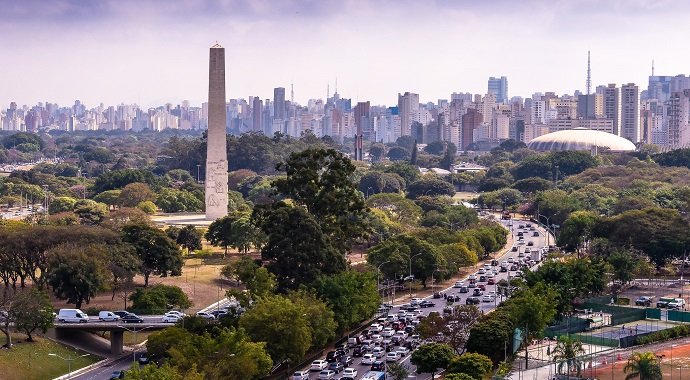Urban forests are a proposal for a new type of conservation unit in the Municipality of São Paulo to be evaluated by the competent bodies since they meet the needs and interests of the Subprefectures in terms of urban janitorial care for public places and also the requirements for expanding biodiversity in the city from the creation of new green areas and water retention gardens (rain gardens), which promote alteration and improvement of the urban landscape in the municipality and beyond.
As of 2021, when the implementation of rain gardens became a municipal public policy, being valued and favored by the actions of the 32 Sub-municipalities, SMSUB has intensified its actions in the implementation of forms of action in the urban landscape that have as characteristics the prerogatives of Green Infrastructure and Nature-Based Solutions ( SbNs ) in its execution. In this way, the implementation of Urban Forests for Conservation can be extended to the entire urbanized territory, such as natural green areas in which the use of native vegetation from the biomes characteristic of the capital (Cerrado and Atlantic Forest), the collection of rainwater, expansion of soil permeability and biodiversity in the recovery of degraded or underutilized spaces by the municipality and the population.

